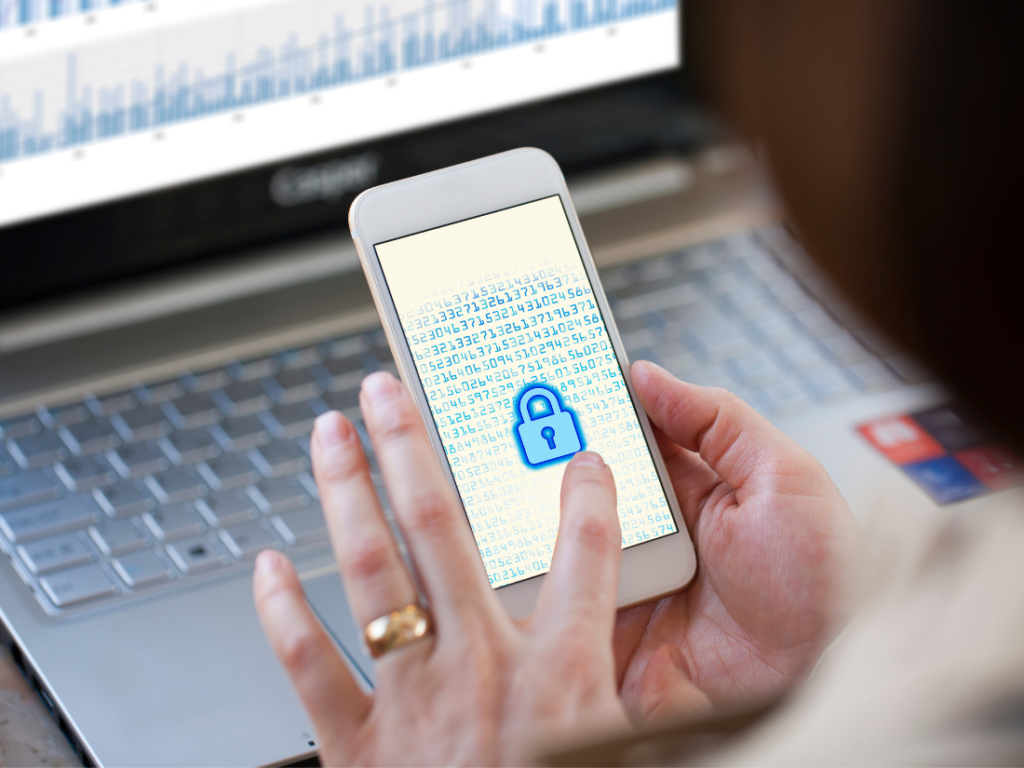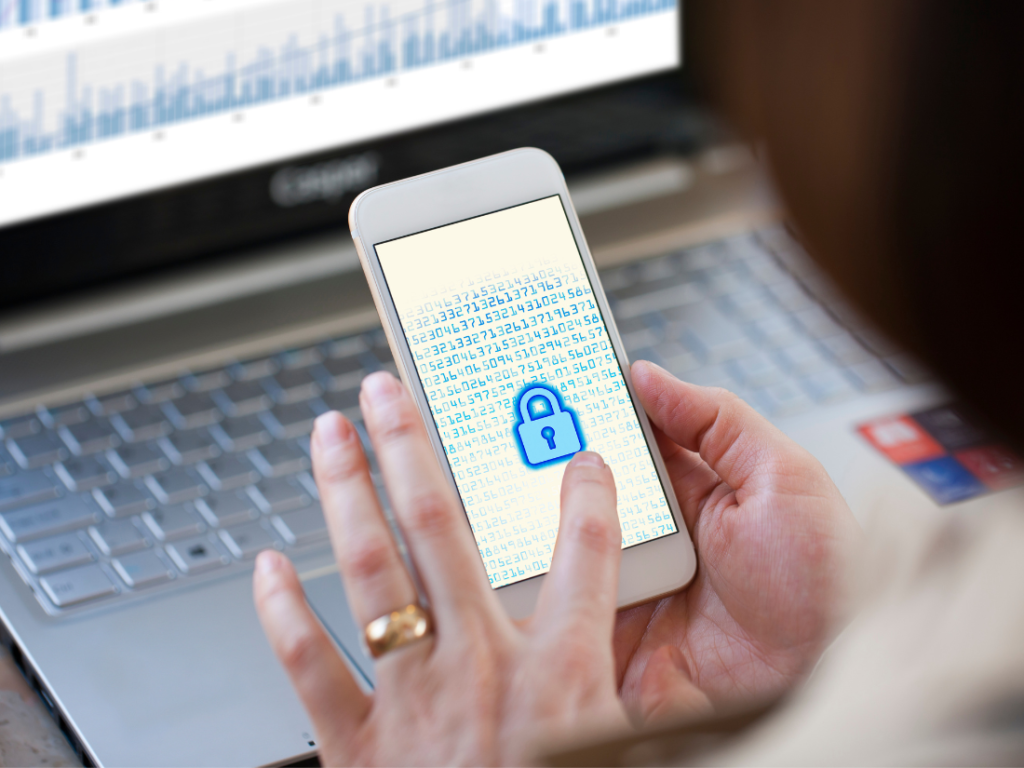In today’s digital world, data security is of paramount importance. Businesses of all sizes and industries rely on data to operate and grow. However, the increasing frequency and sophistication of cyber threats make it essential for businesses to take data security seriously. In this article, we will explore five signs that your business may be at risk and discuss the importance of data security, as well as best practices to keep your data safe.
5 Signs Your Business is at Risk
1. Poor Access Control
One of the primary signs that your business is at risk is poor access control. This includes weak passwords, shared accounts, and excessive permissions granted to employees. If you aren’t vigilant in managing access to sensitive information, you’re making it easy for cybercriminals to infiltrate your systems.
2. Outdated Software
Outdated software, particularly operating systems and applications, is a significant risk factor. Software updates often contain crucial security patches that fix vulnerabilities. Failure to apply these updates leaves your business exposed to threats and cyberattacks.
3. Inadequate Employee Training
Employees are often the weakest link in an organization’s security chain. Inadequate employee training on security best practices, including recognizing phishing emails and using strong passwords, can lead to accidental data breaches or successful cyberattacks.
4. No Data Backup Plan
A lack of a data backup plan puts your business at risk of losing critical information in the event of a cyberattack, system failure, or natural disaster. Regularly backing up your data ensures you can recover and minimize downtime.
5. Lack of Incident Response Plan
A lack of an incident response plan means your business is unprepared to handle a data breach or cyberattack effectively. This can lead to delayed detection, increased downtime, and higher costs to remediate the issue.

The Importance of Data Security
Data security is essential because it protects your business from financial losses, reputational damage, and legal liabilities. A data breach can lead to lost revenue, customers, and trust. Moreover, regulatory bodies may impose hefty fines if your business is found to be non-compliant with data protection regulations.
Data Security Best Practices
To protect your business from data breaches and cyberattacks, follow these best practices:
1. Implement Strong Passwords
Use unique, complex passwords for all accounts, and enforce regular password changes. Implement multi-factor authentication (MFA) where possible.
2. Regularly Update Software
Ensure that your software, including operating systems and applications, are always up to date. Install security patches as soon as they become available to protect your business from vulnerabilities.
3. Train Employees
Provide regular training to employees on security best practices. Make sure they know how to recognize phishing emails, use strong passwords, and handle sensitive data securely.
4. Backup Data Regularly
Develop a data backup plan and schedule to ensure that your critical information is securely backed up at regular intervals. This will help you recover quickly in the event of a data loss.
5. Develop an Incident Response Plan
Create a comprehensive incident response plan that outlines the steps to take when a data breach or cyberattack occurs. This will help your business react quickly and efficiently, minimizing the impact on your operations and reputation.

Conclusion
Data security should be a top priority for every business, regardless of its size or industry. By recognizing the signs that your business is at risk and implementing data security best practices, you can protect your valuable information and prevent potential breaches. Remember, investing in data security today will save your business from costly consequences tomorrow.
FAQs
1. How can I protect my business from ransomware attacks?
To protect your business from ransomware attacks, implement strong access controls, keep your software updated, regularly back up your data, and train employees to recognize phishing emails and malicious attachments.
2. What is multi-factor authentication (MFA)?
Multi-factor authentication (MFA) is a security measure that requires users to provide two or more forms of identification to access an account or system. This typically includes something the user knows (e.g., a password), something the user has (e.g., a mobile device), and/or something the user is (e.g., a fingerprint).
3. How often should I back up my business data?
The frequency of your data backups depends on the nature of your business and the criticality of the data. As a general rule, you should back up essential data daily or even more frequently, while less critical data can be backed up less often.
4. What should be included in an incident response plan?
An incident response plan should include roles and responsibilities, communication protocols, a step-by-step guide to detecting and responding to incidents, reporting requirements, and a plan for post-incident review and improvement.
5. How can I ensure my employees follow data security best practices?
To ensure employees follow data security best practices, provide regular training and reminders, create clear policies and procedures, and encourage a culture of security awareness within your organization.

